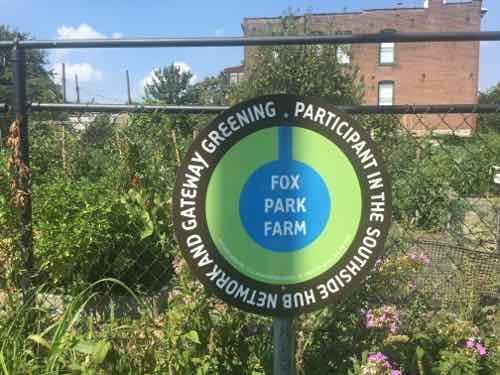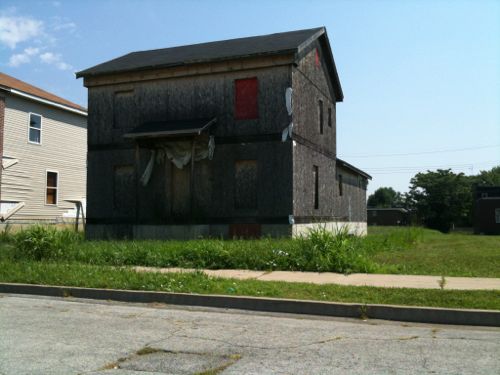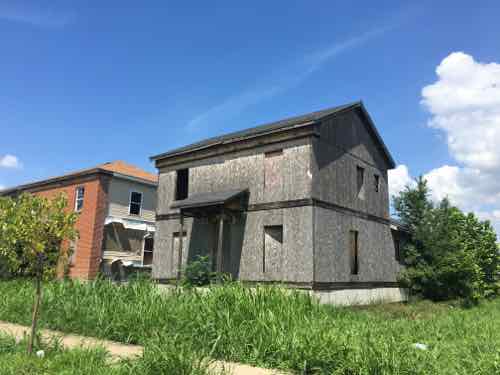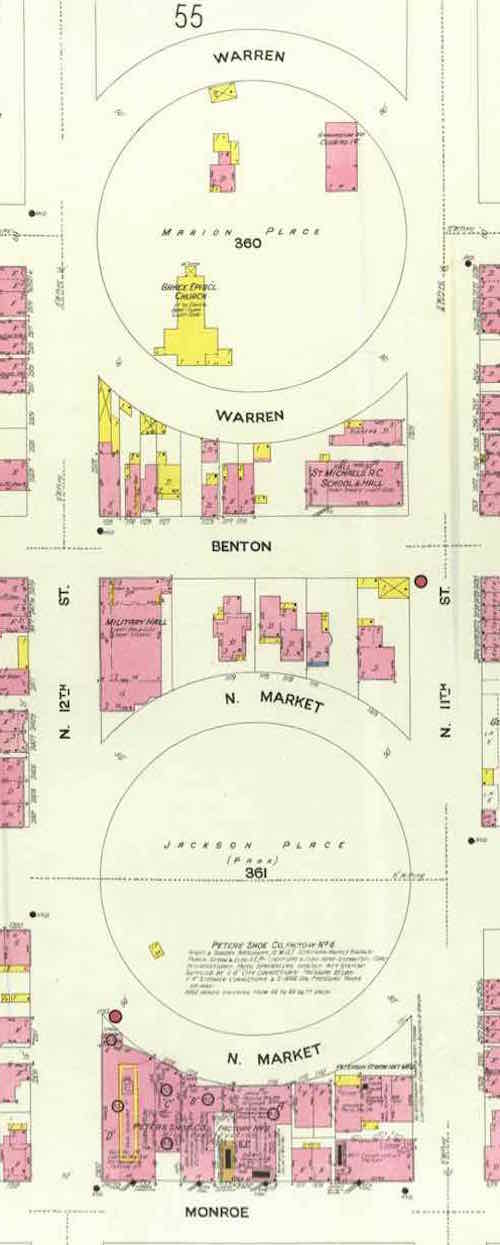An Urban ‘Agrihood’ Is Worth Considering In St. Louis

The recent Sunday Poll was actually two polls, both n0n-scientific. First, the questions and votes:
#1: Which of the following, if any, should residents be allowed to raise in the city? Animals would be subject to minimum space requirements. (Check all that apply)
- Chickens 29 [24.17%]
- Rabbits 26 [21.67%]
- Goats 15 [12.5%]
- Sheep 10 [8.33%]
- Alpacas 9 [7.5%]
- None should be allowed 8 [6.67%]
- TIE 6 [5%]
- Emus
- Ostriches
- Dairy Cows
- Pigs 4 [3.33%]
- Unsure/no opinion 1 [0.83%]
#2: Agree or disagree: With so much vacant land in the city, much more land should be used for urban food production
- Strongly agree 16 [44.44%]
- Agree 7 [19.44%]
- Somewhat agree 8 [22.22%]
- Neither agree or disagree 1 [2.78%]
- Somewhat disagree 1 [2.78%]
- Disagree 0 [0%]
- Strongly disagree 3 ]8.33%]
- Unsure/No Answer 0 [0%]
I think it’s fair to say among readers there is general support for some farm animal and increased agriculture. For a few years now I’ve been seeing stories about new suburban subdivisions with a farm in the center instead of a golf course:
From 2013:
There’s a new model springing up across the country that taps into the local food movement: Farms — complete with livestock, vegetables and fruit trees — are serving as the latest suburban amenity.
It’s called development-supported agriculture, a more intimate version of community-supported agriculture — a farm-share program commonly known as CSA. In planning a new neighborhood, a developer includes some form of food production — a farm, community garden, orchard, livestock operation, edible park — that is meant to draw in new buyers, increase values and stitch neighbors together. (NPR: Forget Golf Courses: Subdivisions Draw Residents With Farms)
From 2015:
The phrase “planned community” conjures up a lot of images — maybe a swimming pool, obsessively manicured lawns, white picket fences — but a farm is probably not one of them.
Pushing back against that stereotypical image of suburban living is a growing number of so-called “agrihoods” springing up nationwide. These developments center around a real, functional farm as their crown jewel. According to CivilEats, there are currently about 200 of them nationwide.
The latest, called The Cannery, officially opened this past Saturday on a site that was previously home to a tomato cannery facility located about a mile outside downtown Davis, California. The 100-acre project of the New Home Company development company is considered to be the first agrihood to take root on formerly industrial land. All of its 547 energy-efficient homes will be solar-powered and electric car-ready, KCRA, NBC’s Sacramento affiliate, reports. (Huffington Post: ‘Agrihoods’ Offer Suburban Living Built Around Community Farms, Not Golf Courses)
Also from 2015, a CBS News story, video below:
This CBS News story was recently repeated on CBS’ Sunday Morning. So this story and taking a survey on urban food production in the city got me thinking: must the “agrihood” movement be limited to very expensive suburban developments? I could see an agrihood being part of the development of the near north side. In an agrihood, the farm is professionally run. It’s not a community garden run my neighbors. It could be a way to create jobs for area youth. I’d want housing to be a different price points and not displace current residents.
We have more land than we’ll likely ever have residents to fill. For years, in cities coast to coast, people have been farming on vacant urban land. St. Louis is no exception — see RFT’s 10 Local Urban Farms We Love.
— Steve Patterson
b
b
‘b
b



